Production optimization
Production optimization is basically about optimally use of existing machines and equipment.
The benefits of a production optimization process will typical be:
- Increase productivity
- Reduce waste
- Reduce costs
There are many methods for optimization (OEE, LEAN, Six Sigma …) and all these methods need real data from real machines. No machine data = no optimization !
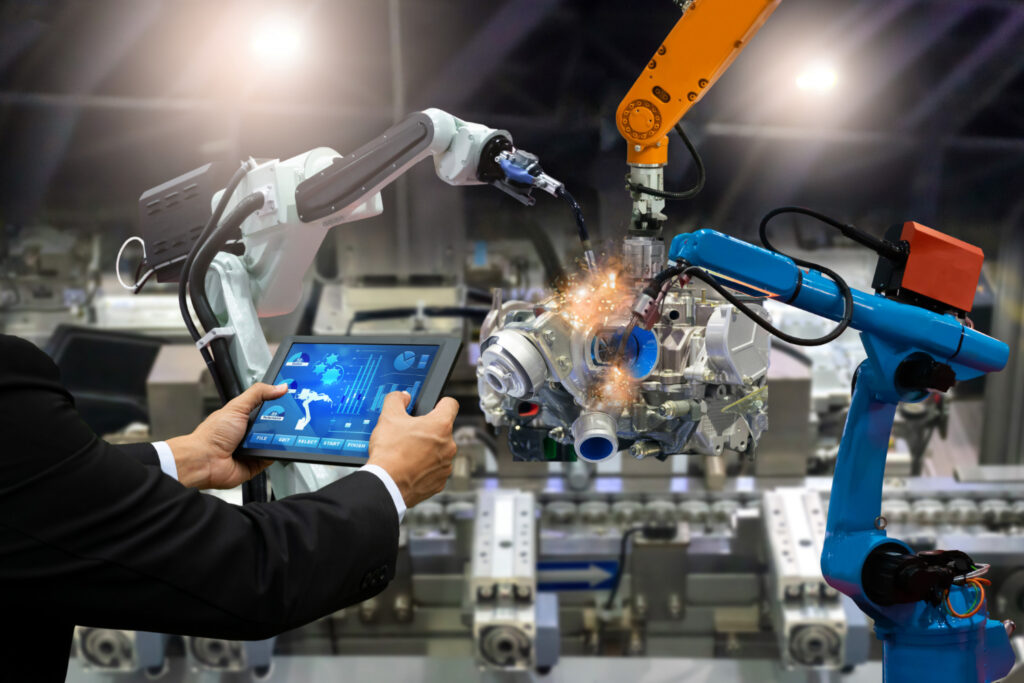
Production optimization is an ongoing process where production data from the machines is used for analysis and changes in the production setup.
All with the aim of increasing productivity.
How to get started with production optimization ?
Implementing a production optimization solution can be a complex job and typically raises a whole series of questions:
- What should we optimize ?
- What methods should we use ?
- What kind of information do we need ?
- What kind of equipment do we need to get data from machines ?
- Do we need external help or can we do something ourselves ?
It is our experience that most companies have a good insight into their production.
By combining own knowledge of the company’s production with data from the machines, you create a basic overview and understanding of the entire production process. And this is the foundation for any production optimization process.
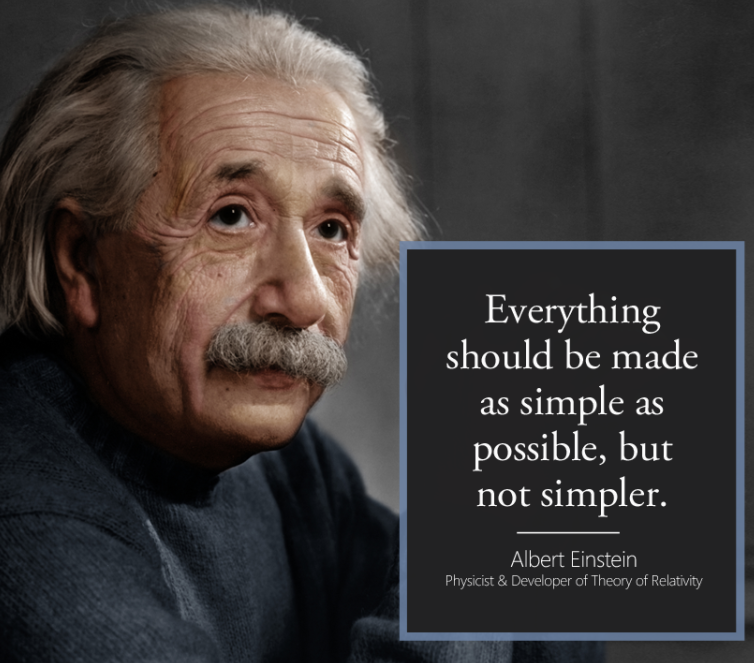
Start with a simple production monitoring system and get a overview of the production performance.
When you know how the production is running you can start the optimization process.
Step 1 - Set the project team and allocate resources
In order to be successful with an optimization project, it is important that there is a group of people who are responsible for the task. These are typically people who also have other tasks in the company. And therefore it is important that they are given time to manage the optimization project alongside their other tasks.
Start with a smaller team of 2-3 people that defines the project group.
Do not make big and complex plans. Setup some simple goals for getting the first data and result from the measurement of the production output, stop times etc.

Production optimization project requires some planning and a small team to control it.
Step 2 - Get production data from the machines
Production optimization starts by identifying the output from the machines. This information will give the first impression of “where are we right now ?”. This is the “production baseline”.
A production monitoring system can provide the information about the machine performance. The EasyCount production monitoring system uses a single sensor on the machine to detect the produced output from the machine. We call this the “machine heartbeat”.
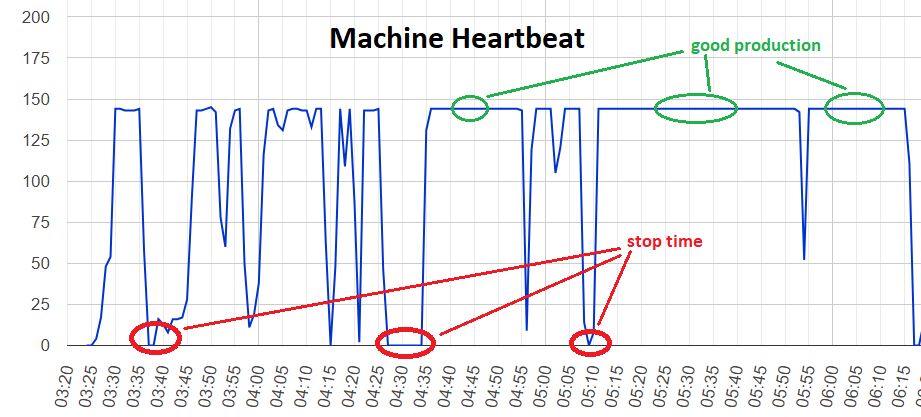
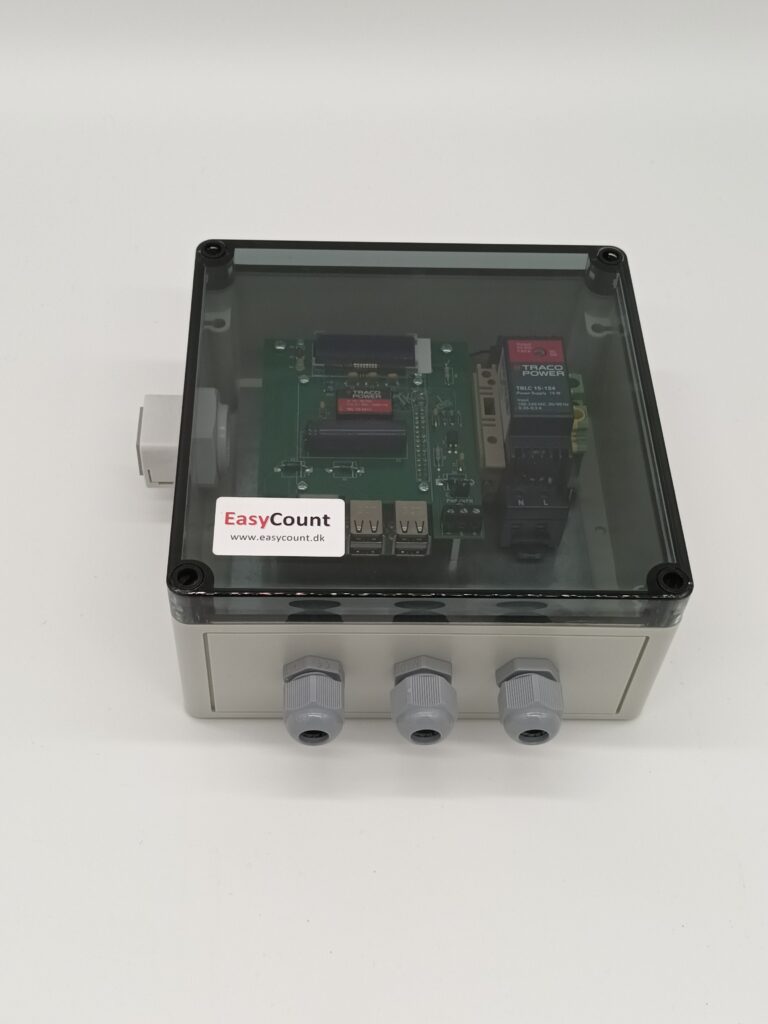
The EasyCount ECRP1 counter is an easy way to get data from the machine. When a sensor is mounted in the machine it takes a few minutes before data are available online !
Step 3 - Visualize results to everyone in the company
In order to be successful with an optimization project, it is important that the project is known to everyone in the company. One way to do this is to show the results from the production om monitors around the company. This brings the project alive and everyone can follow the production.
Monitors could be installed at:
- Shopfloor - production area
- Warehouse
- Production management office
- Canteen
- Reception
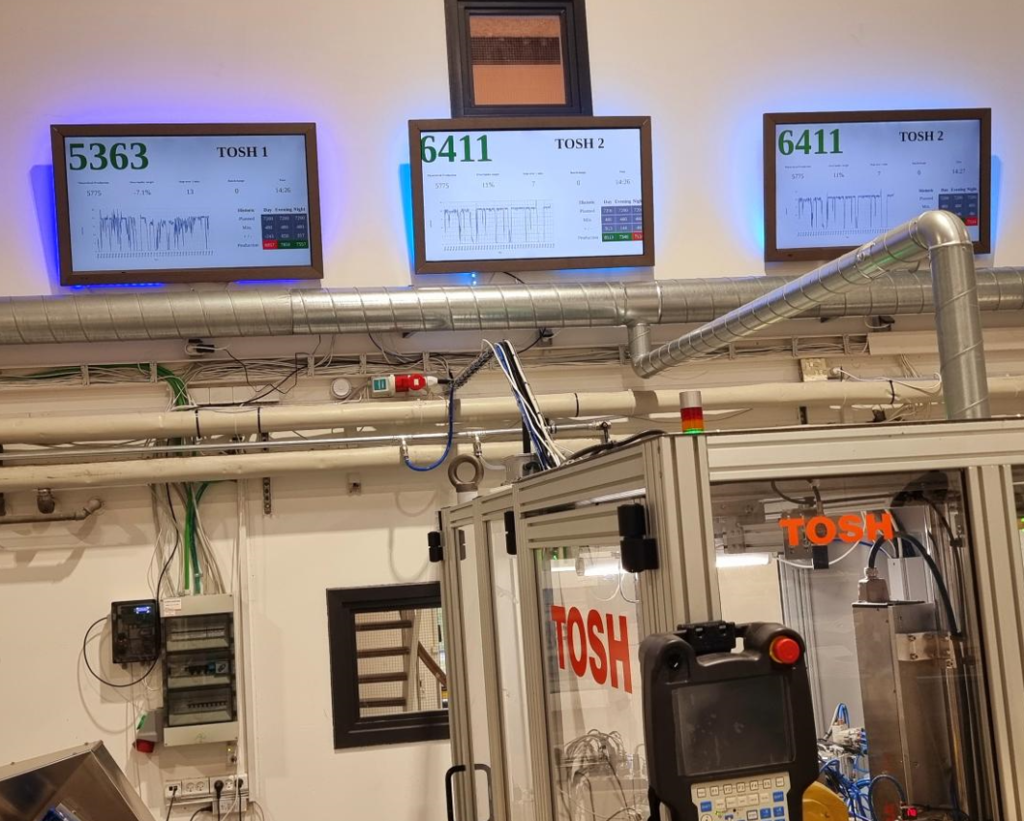
It is important to show how the machines are performing. Monitors can be installed in many places in the company.
Step 4 - Involve personnel in the optimization process
An optimization project is an ongoing project that involves many different people in the company.
In order to get maximum benefit from the optimization process, it is important that everyone involved gets the opportunity to share their observations, thoughts and ideas.
In this way, an environment is created which supports the process of developing and improving production, that leads to a greater output.

Share the plans and results from the optimization project with everyone involved.
